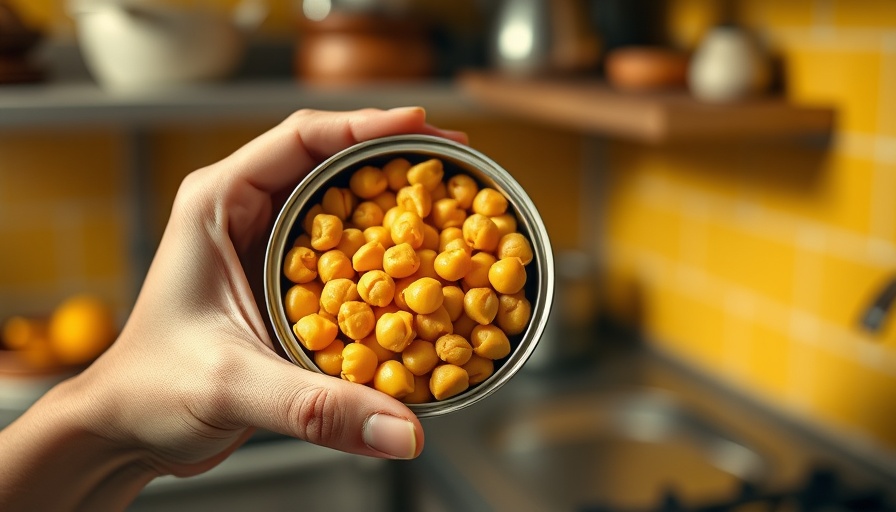
Is Canned Fruit a Good Option for Diabetics?
For many individuals navigating a diabetes diagnosis, food choices can often feel overwhelming. A common misconception is that fruits, especially those in canned varieties, are off-limits due to their perceived high sugar content. However, the American Diabetes Association clarifies that fruit is indeed beneficial, offering a range of vitamins, minerals, and fiber – essential nutrients that support overall health.
Understanding Carbohydrates and Blood Sugar
People with diabetes need to manage their carbohydrate intake carefully. Carbohydrates directly influence blood glucose levels, so understanding which foods contribute is vital. Fruits, despite containing natural sugars, typically have a low to medium glycemic index (GI). This means they do not spike blood sugar excessively compared to other foods. According to research from Diabetes UK, including fruit as part of a snack or dessert is not only permissible but can also be satisfying without compromising blood sugar control.
The Fresh vs. Canned Fruit Debate
When it comes to the choice between fresh and canned fruit, fresh fruit generally emerges as a better option. Canned fruits often come packed in heavy syrup loaded with added sugars that can elevate glucose levels disproportionately. However, there are sugar-conscious choices available; canned fruits preserved in their own juice or water provide a comparable nutritional profile.
For those seeking fiber – an indispensable element for gut health and glucose management – consider this: both canned and fresh fruits retain their fiber content, which is beneficial because fiber slows the digestion of carbohydrates and prevents spikes in blood sugar.
Choosing the Right Canned Fruits
The American Diabetes Association recommends selecting canned fruits that are stored in their own juice or in water with no added sugars. When scouring grocery shelves, look for phrases like “packed in its own juices” or “unsweetened” on the label. Avoiding high-fructose corn syrup and other added sugars should always be a priority to maintain healthy levels.
Quick Tips for Incorporating Canned Fruit
Dietitian Elisa Zied shares practical tips for enjoying canned fruits while staying diabetes-friendly:
- Drain canned fruit packed in juice or water to lower sugar intake.
- Top yogurt with a half-cup of canned fruit for a refreshing dessert.
- Opt for fiber-rich varieties like pears, apricots, peaches, berries, and apples.
- Always check the ingredients for added sugars before purchase.
Why Fiber Matters
Including fiber-rich foods in one’s diet is crucial, especially for those with diabetes. The CDC emphasizes that fiber does not break down like other carbohydrates in the digestive system, allowing it to provide a sense of fullness while maintaining stable blood sugar levels. This can ease the management of weight, further enhancing diabetes control.
Future Trends: The Evolving Landscape of Healthy Eating
As our understanding of nutrition evolves, so does the approach we take toward canned fruits and overall dietary choices. The trend toward more mindful eating, featuring a focus on whole, unprocessed foods, suggests a future where nutritional education empowers individuals to make informed decisions. This includes knowing how to read food labels effectively and understanding the implications of nutritionally dense foods, such as fruits.
Wrapping Up: Fruits Can Be Your Friends
Ultimately, fruit can play an essential role in a balanced diet, even for those managing diabetes. Both fresh and canned options offer unique benefits when chosen wisely. It’s about making educated decisions, keeping health priorities at the forefront, and savoring the sweet taste of fruits without compromising wellness goals.
If you're interested in learning more about diabetes-friendly diets or local healthy eating resources, consider reaching out to local nutritionists or participating in community health workshops to further enhance your knowledge and empower your choices.
 Add Row
Add Row  Add
Add 




Write A Comment